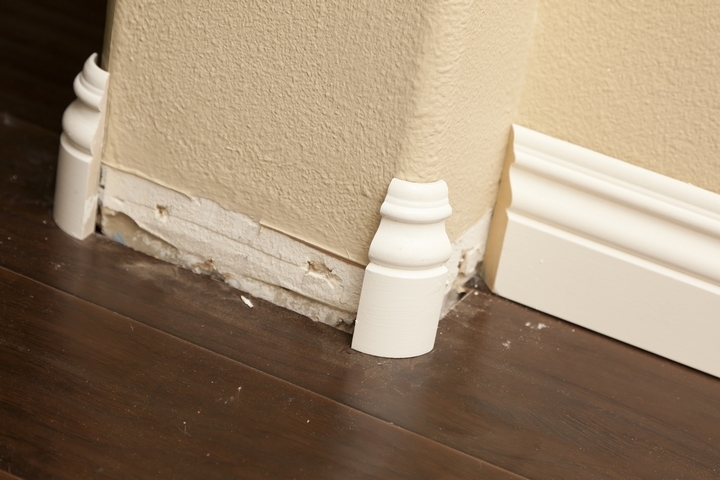You will find common elements for all spaces, no matter your living arrangement. There will be a space in which the kitchen is held, as well as a space where you can make your living room. These are the most obvious visible parts, but other components are also similar.
It might seem obvious, but there will be corners of some variation present within your home. These could be seen as impervious instalments, but they are much more vulnerable than you may realize. One wrong move consistently may see these corners becoming damaged over time.
Here is a guide on how to protect wall corners from chipping:
1. Corner Guards
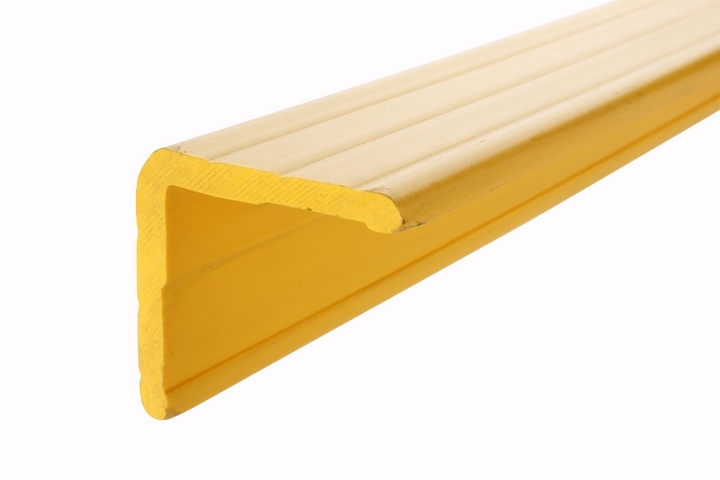
Of course, the most commonly-used means to keep your corners from chipping has to do with a guard. As the name implies, metal corner guards protect the corner from damage by external elements. They can be firmly snapped into place, expected to last a long time.
All you have to do is find the right type of material for your corner guards and install them with an easy snap-in application. At this point, you will have to ensure they do not come into contact with you daily. Constant interaction, even if it is unintentional, could make them loosen!
2. Corner Bead
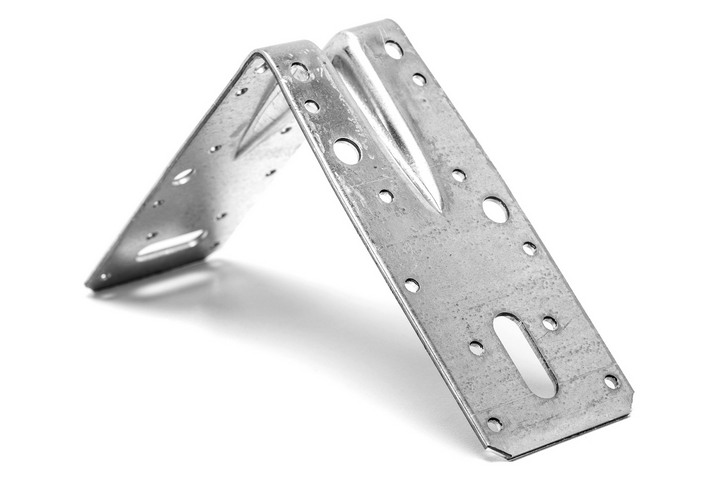
When a home, or another living arrangement, is being constructed, multiple steps are taken to protect the corners. Since most walls are made out of drywall, there needs to be an extra layer of protection. Corner beads are one of the materials used and can come in different compositions.
In most senses, corner beads are placed on the corners themselves to make them appear crisper. It also has a secondary effect in that it allows the corners to look sharper and less dented. Over time, this is crucial, as the exposed corners could be exposed to other forms of damage.
3. Bumpers
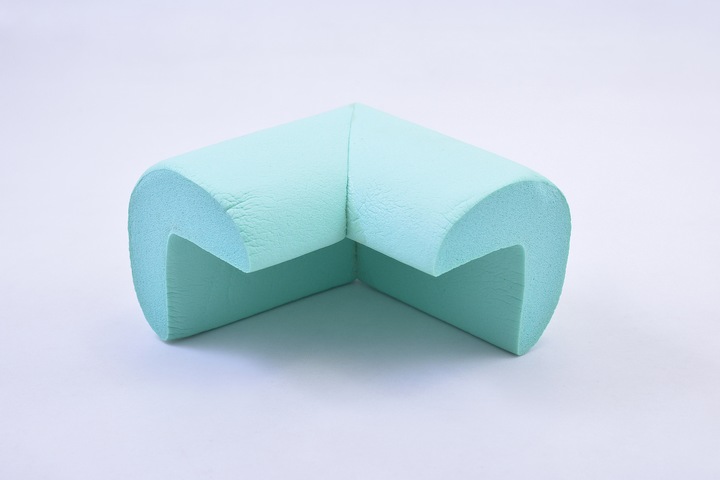
While corner guards are typically the universal means of protecting corners, they have alternative counterparts. For instance, corners in your home could be damaged in one specific area. These don’t need to be fixed in their entirety, as they can go beyond what your budget allows for.
Instead, you may use a singular device to cover the area prone to damage. Corner bumpers are the way to go in this light, as they act as a soft deterrent to damage incurred. Plus, it makes the environment much safer if you have children who frequent these areas. The plastic composition will not hurt them as much if they bump into a corner!
4. Joint Tape
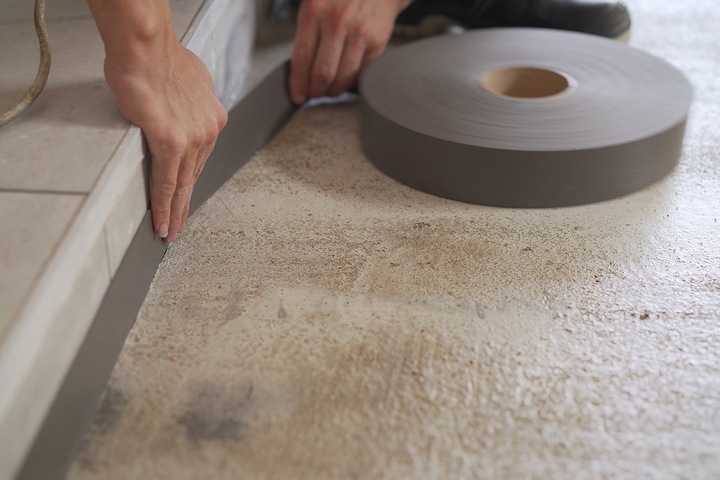
Although it may be an uncommon technique for fixing your chipped corners, it is still a key technique nonetheless. Similar in vein to corner bumpers, the joint tape acts as a soft deterrent when trying to patch the corner up. The application process is a bit different, as you may have guessed.
First, you will have to place the joint tape horizontally or vertically over the chipped corner. Then, the next steps involve patching the targeted area with the right materials to match its surroundings. While joint tape can be used for smaller, chipped areas, it is not recommended for larger portions that are damaged.
5. Steel Corner Guards
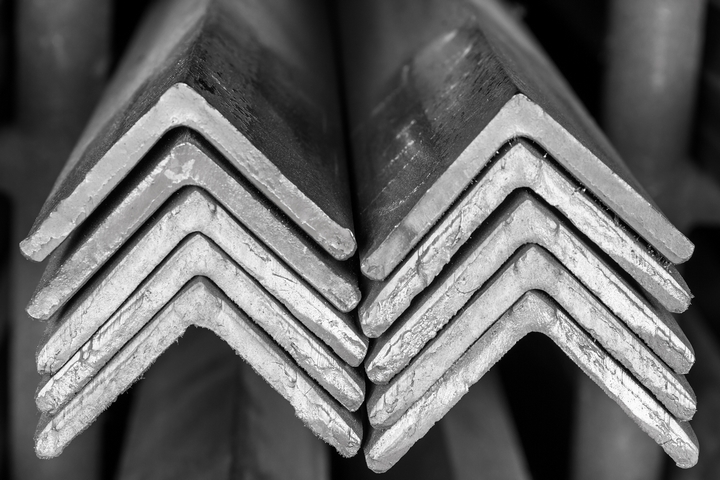
In general, corner guards come in a plastic-based composition. It is a rather inexpensive way to protect your corners without breaking the bank. However, other areas could require a stronger type of protection. For instance, food service locations need to keep sanitation in mind at all times.
In this regard, stainless steel corner guards will have to be utilized on corners that are most exposed in this area. They act just like their counterparts; an easy, snap-in application will do the trick. The best part about these types of guards is that stainless steel has an extremely long shelf life.
6. Adhesive Corner Guards
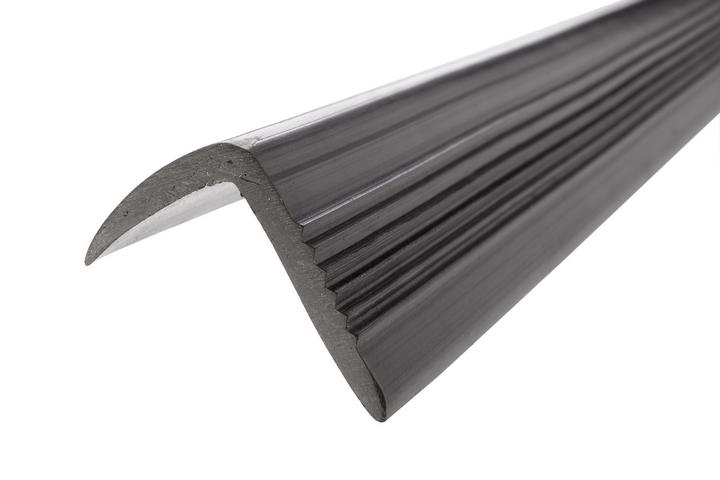
Adhesive-based corner guards combine the best of both worlds concerning joint tape and corner protections. They are essentially corner guards with a tough adhesive on both sides, which can easily be applied once required. Sometimes, these types of guards are used in larger spaces, such as in the interiors of an apartment building.
Another key concern to think about is how often your rooms are trafficked. It is much more likely for your specific corner in the room to be accidentally damaged if it is frequented often. As a result, be sure to let everyone in the space know to be as careful as possible when inside!

